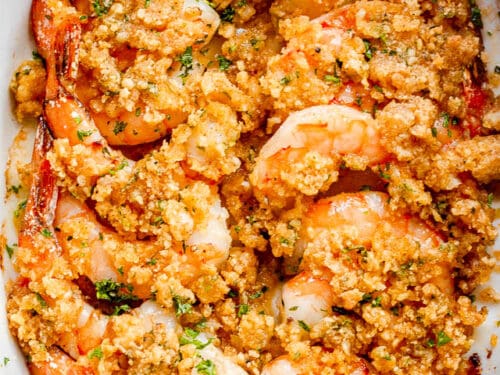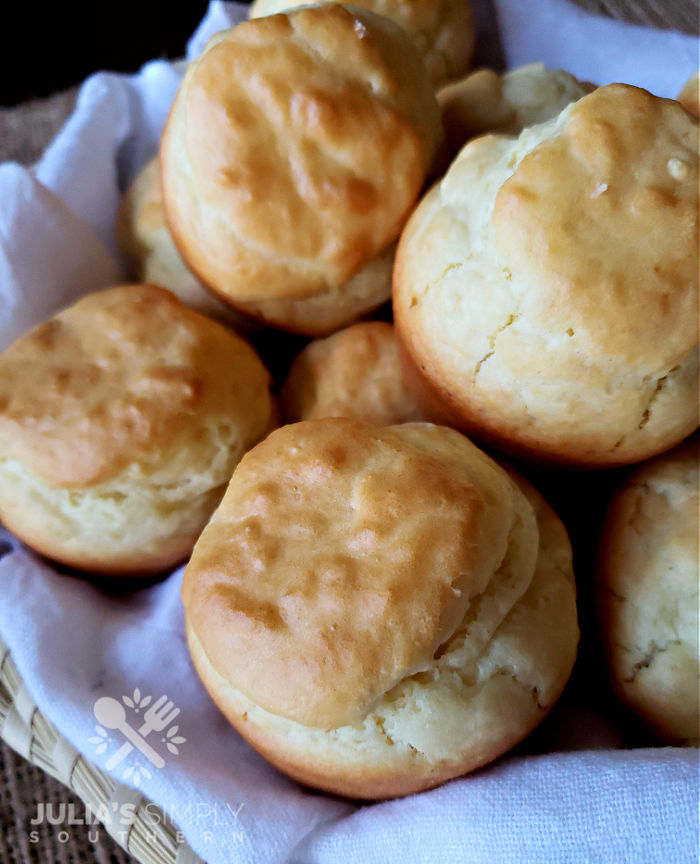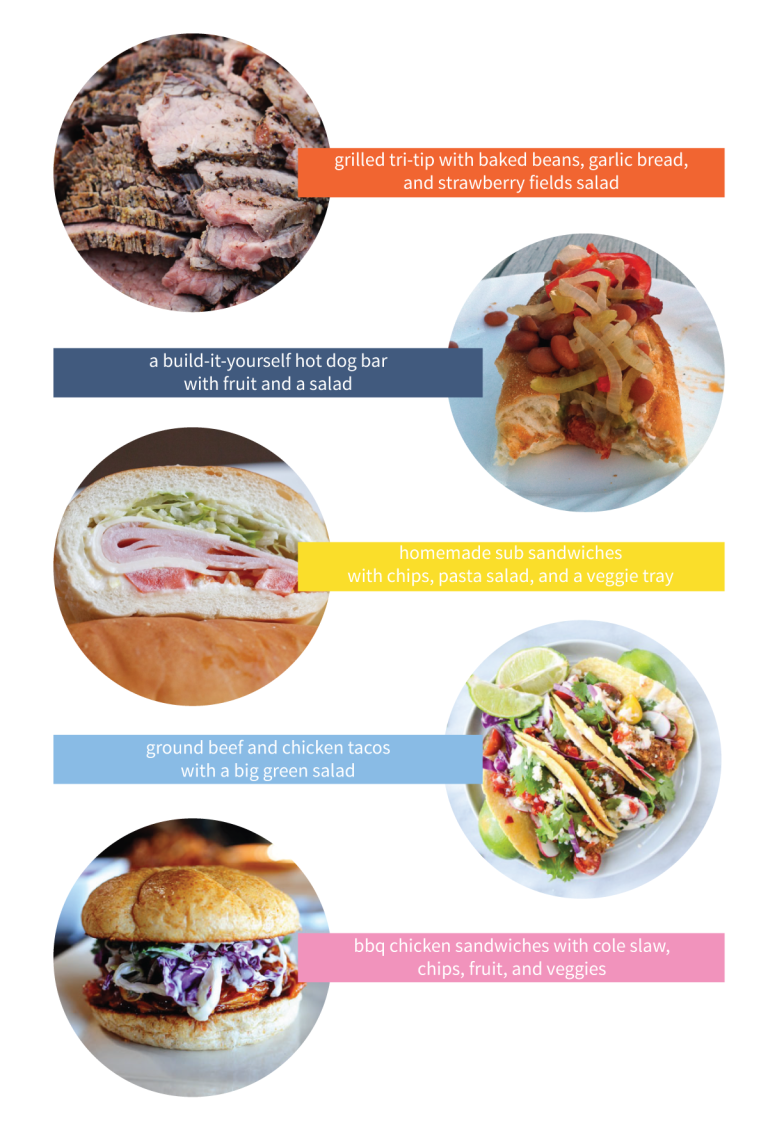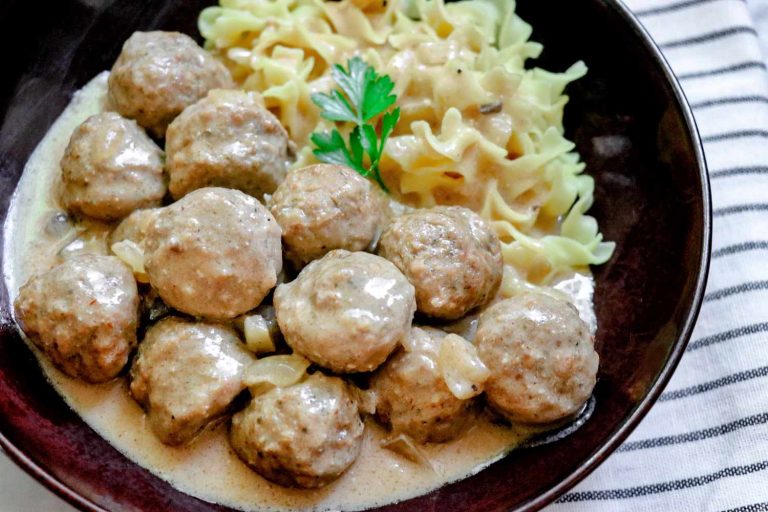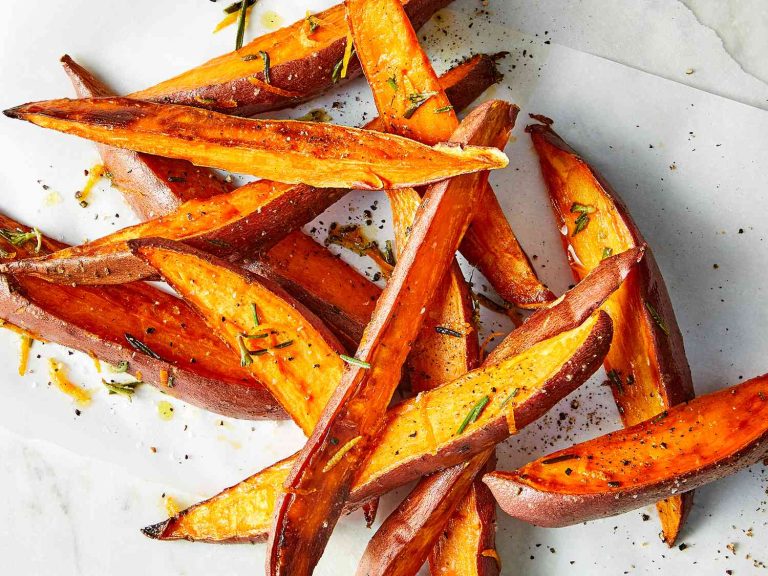Shrimp De Jonghe: History, Variations, and Perfect Pairings
Shrimp De Jonghe originated in Chicago in the early 20th century. Constructed at De Jonghe’s Hotel and Restaurant, co-owned by Belgian immigrants Henri and Pierre De Jonghe, this dish quickly became a staple. Renowned for its rich and buttery breadcrumb topping, Shrimp De Jonghe reflected the fusion of Belgian culinary traditions with American ingredients. You might find this dish still celebrated in various Chicago eateries today, a testament to its enduring popularity.
The Role of Prohibition Era
During the Prohibition era, Shrimp De Jonghe gained further prominence. Shifts in dining habits due to the alcohol ban led to an increased focus on food quality and creativity in restaurants. De Jonghe’s Hotel capitalized on this by perfecting their shrimp recipe, attracting patrons who sought memorable dining experiences. If you’re curious about the dish’s history, understanding its rise during the Prohibition era provides crucial context.
Key Ingredients Used in Shrimp De Jonghe
Shrimp Quality and Selection
Focus on choosing high-quality shrimp for Shrimp De Jonghe. Opt for large, plump varieties, such as jumbo or colossal shrimp. Fresh shrimp tends to have a firm texture and mild sea scent. Frozen shrimp can be used if thawed correctly but ensure they are deveined and peeled. Avoid pre-cooked shrimp, as they don’t absorb flavors as effectively.
Importance of Fresh Herbs
Fresh herbs play a crucial role in enhancing Shrimp De Jonghe’s flavor profile. Use parsley, thyme, and tarragon to impart a nuanced taste. Parsley adds a bright, earthy note, while thyme delivers a subtle depth. Tarragon introduces an anise-like hint that complements the buttery breadcrumbs. Using dried herbs can alter the dish’s intended flavors, so prioritize fresh, vibrant herbs.
Preparation Techniques
Baking the Perfect Dish
Use high-quality shrimp like jumbo or colossal varieties for the best results. Preheat your oven to 400°F to ensure even cooking. Arrange the cleaned and deveined shrimp in a single layer in a baking dish. Create the breadcrumb topping by combining melted butter, minced garlic, and fresh herbs such as parsley, thyme, and tarragon. Sprinkle the breadcrumb mixture evenly over the shrimp. Bake in the preheated oven for 15-20 minutes until the shrimp are opaque and the topping is golden brown. Serve immediately to enjoy the dish’s peak flavor.
Common Mistakes to Avoid
Avoid using frozen shrimp as it can affect the dish’s texture. If using frozen shrimp, thaw completely and pat dry. Don’t skimp on fresh herbs; dried ones won’t provide the same flavor depth. Overbaking results in rubbery shrimp, so check for doneness around the 15-minute mark. Make sure the breadcrumb topping is evenly distributed to prevent uneven browning. Steer clear of overcrowding the baking dish, which can lead to uneven cooking.
Serving and Pairing Suggestions
Ideal Side Dishes
Complement Shrimp De Jonghe with side dishes that enhance its flavors and balance its richness. Consider serving a light green salad with a lemon vinaigrette to add freshness. Roasted asparagus, steamed broccoli, or sautéed spinach pair well, providing a crisp contrast. Garlic mashed potatoes or a buttery risotto offer a comforting, starchy base. For a touch of acidity, try a citrus-infused quinoa salad.
Wine Pairings
Choose wines that enhance the buttery and garlicky notes of Shrimp De Jonghe. A crisp Sauvignon Blanc or a lightly oaked Chardonnay pairs beautifully. These wines’ acidity and fruitiness cut through the richness of the dish. Sparkling wines like Brut Champagne or Prosecco add a celebratory feel and bring out the dish’s flavors. For red wine lovers, a light Pinot Noir provides a balanced pairing without overpowering the delicate shrimp.
Variations of Shrimp De Jonghe
Gluten-Free and Vegan Options
Create a gluten-free version of Shrimp De Jonghe by replacing traditional breadcrumbs with gluten-free panko. Ensure other ingredients like butter and herbs are certified gluten-free to avoid cross-contamination. For a vegan take, substitute shrimp with plant-based shrimp alternatives or marinated mushrooms. Replace butter with vegan margarine and use nutritional yeast for a cheesy flavor without dairy. These substitutions let those with dietary restrictions enjoy this classic dish without compromising on taste.
Spicy Takes on the Classic Recipe
Add heat to Shrimp De Jonghe by incorporating spicy ingredients. Mix red pepper flakes or cayenne pepper into the breadcrumb topping for an extra kick. For a different spice profile, include finely chopped jalapeños or serrano peppers in the herb mixture. Sauté shrimp with a splash of hot sauce or a dash of smoked paprika for a smoky heat. These variations cater to spice lovers while preserving the dish’s signature buttery, garlicky flavors.
Conclusion
Shrimp De Jonghe stands as a testament to the rich culinary history of Chicago, blending Belgian and American flavors seamlessly. Whether you stick to the classic recipe or explore gluten-free and vegan variations, this dish offers something for everyone. Spice enthusiasts can easily kick up the heat while still enjoying the buttery, garlicky goodness. Pair it with a crisp green salad or creamy garlic mashed potatoes and a glass of Sauvignon Blanc or Chardonnay for a meal that’s bound to impress. Dive into the world of Shrimp De Jonghe and elevate your dining experience with this timeless classic.
